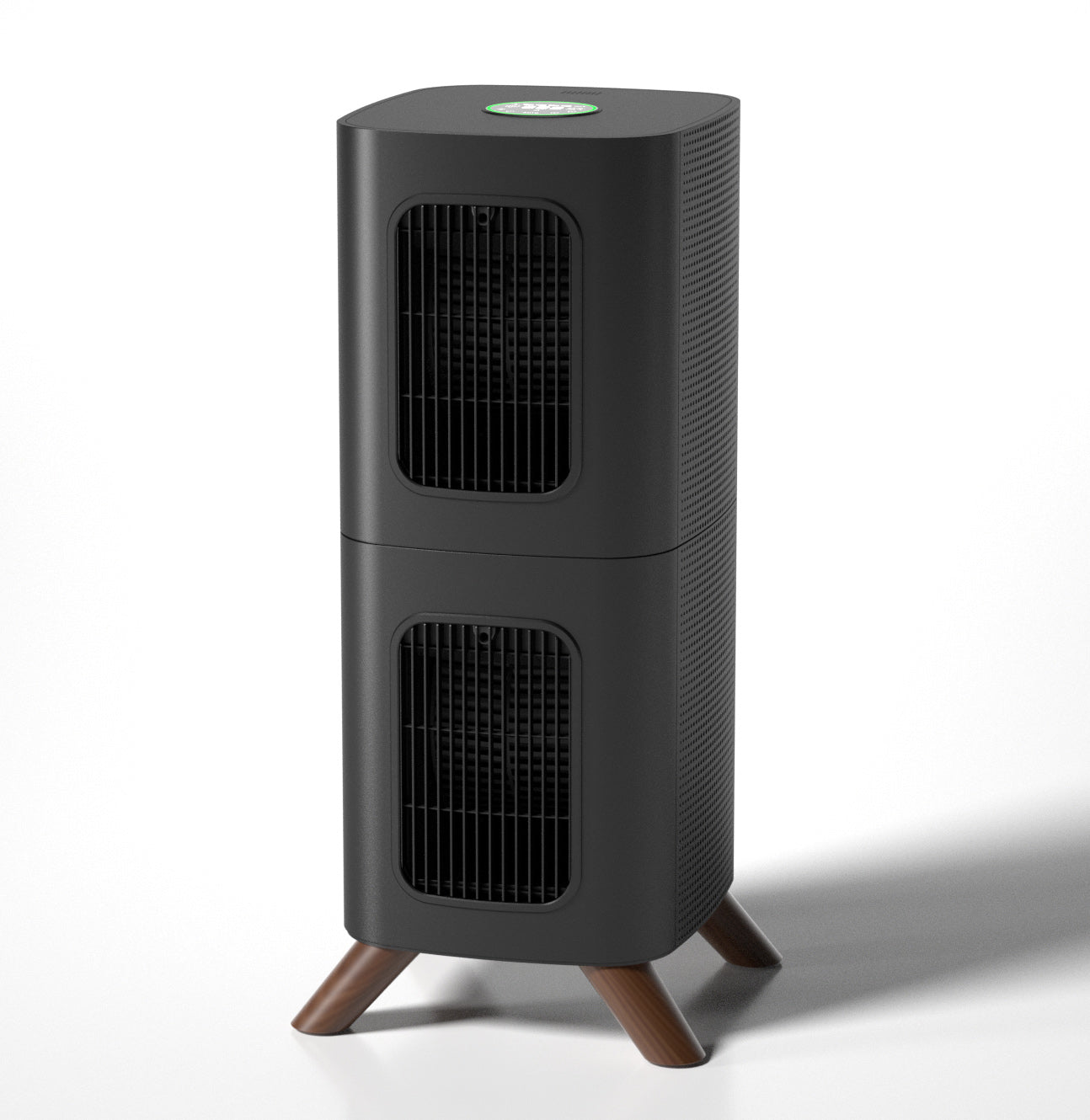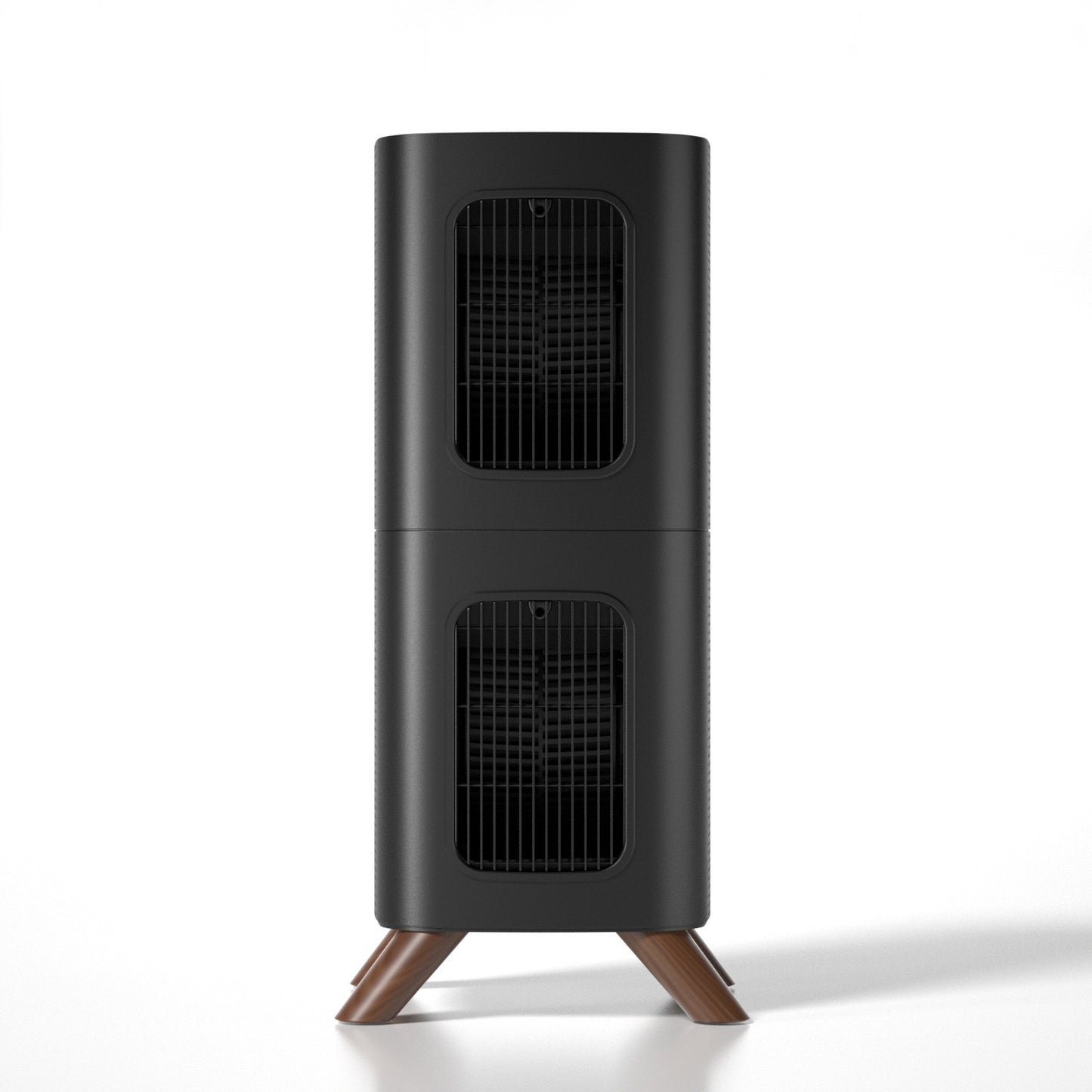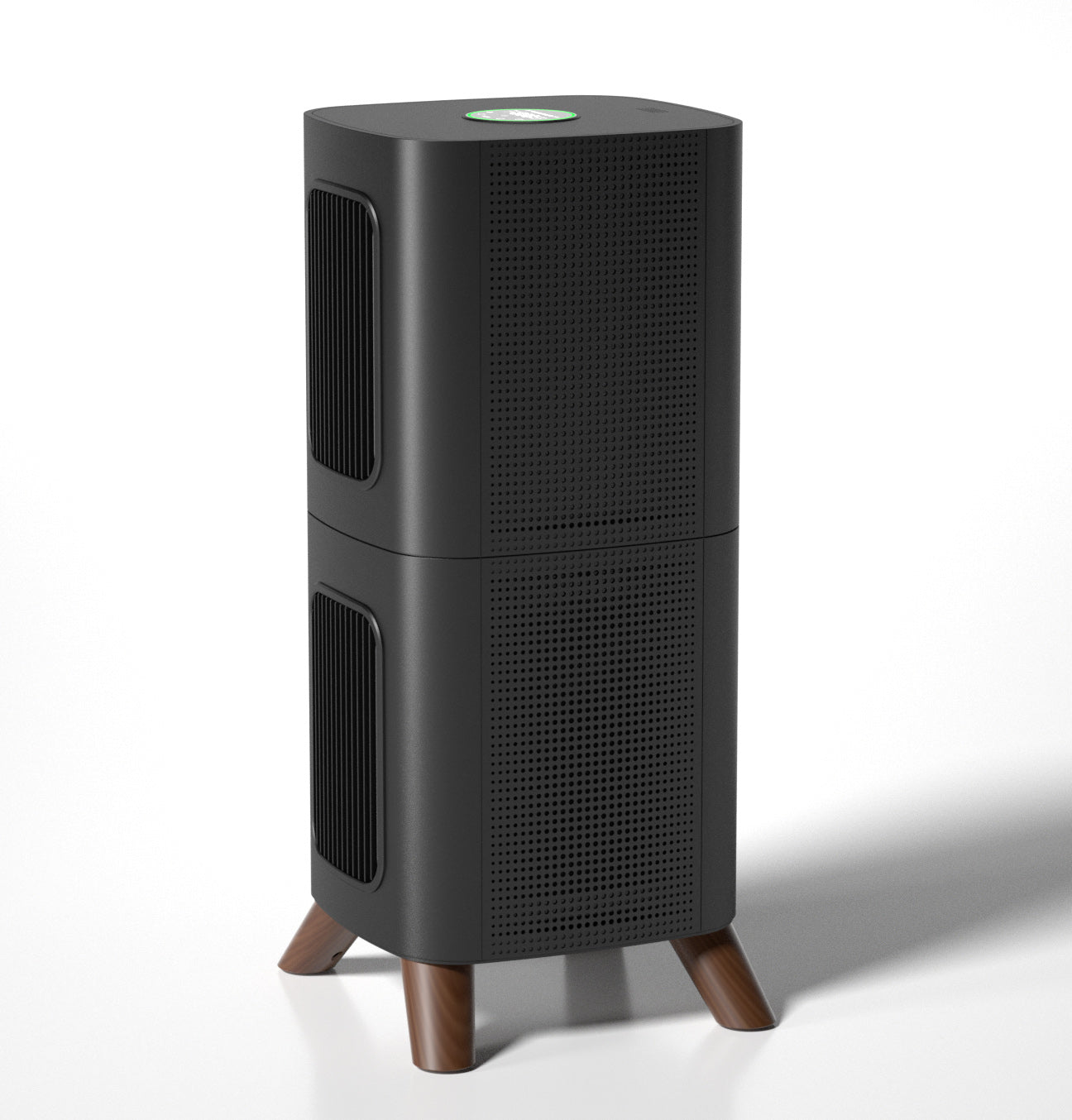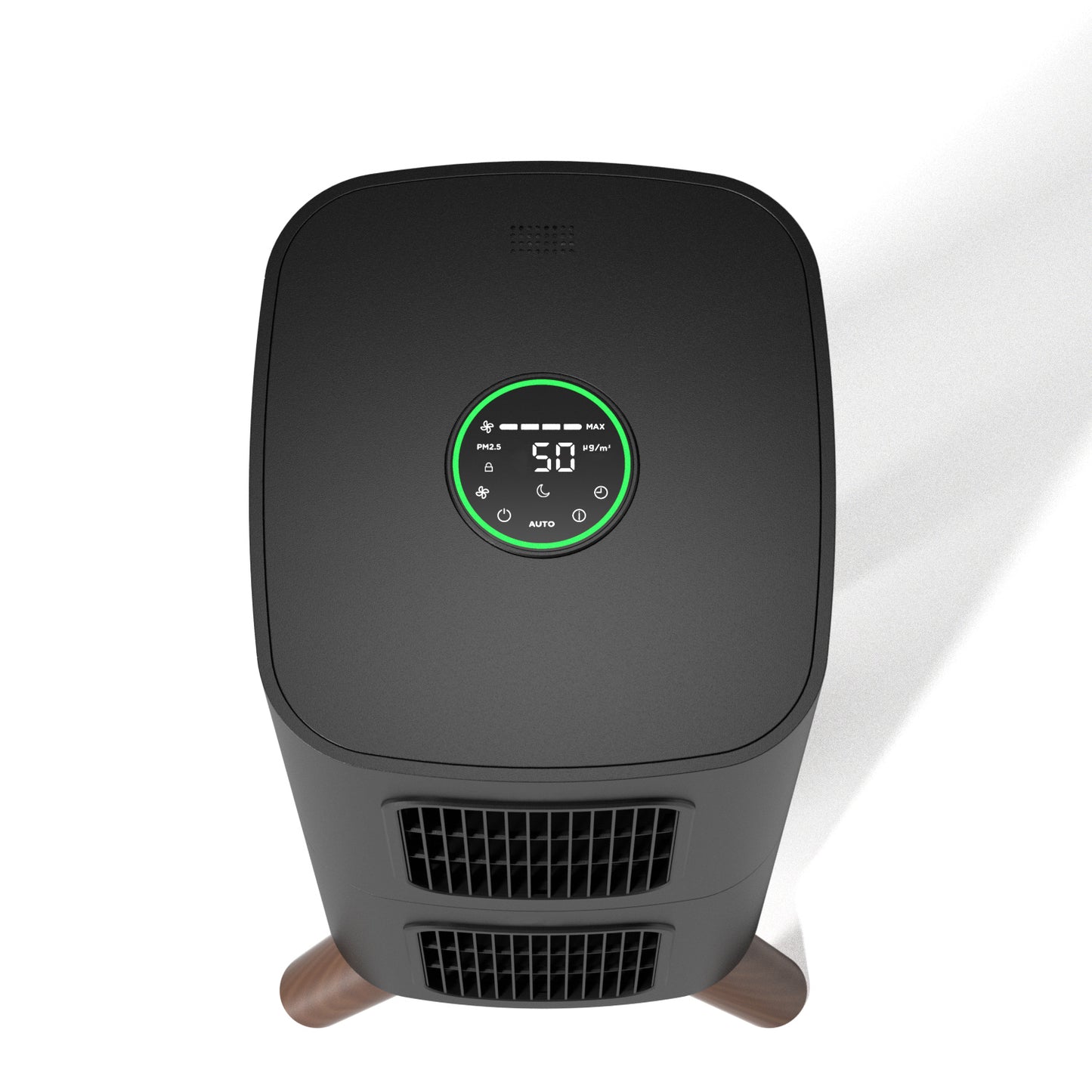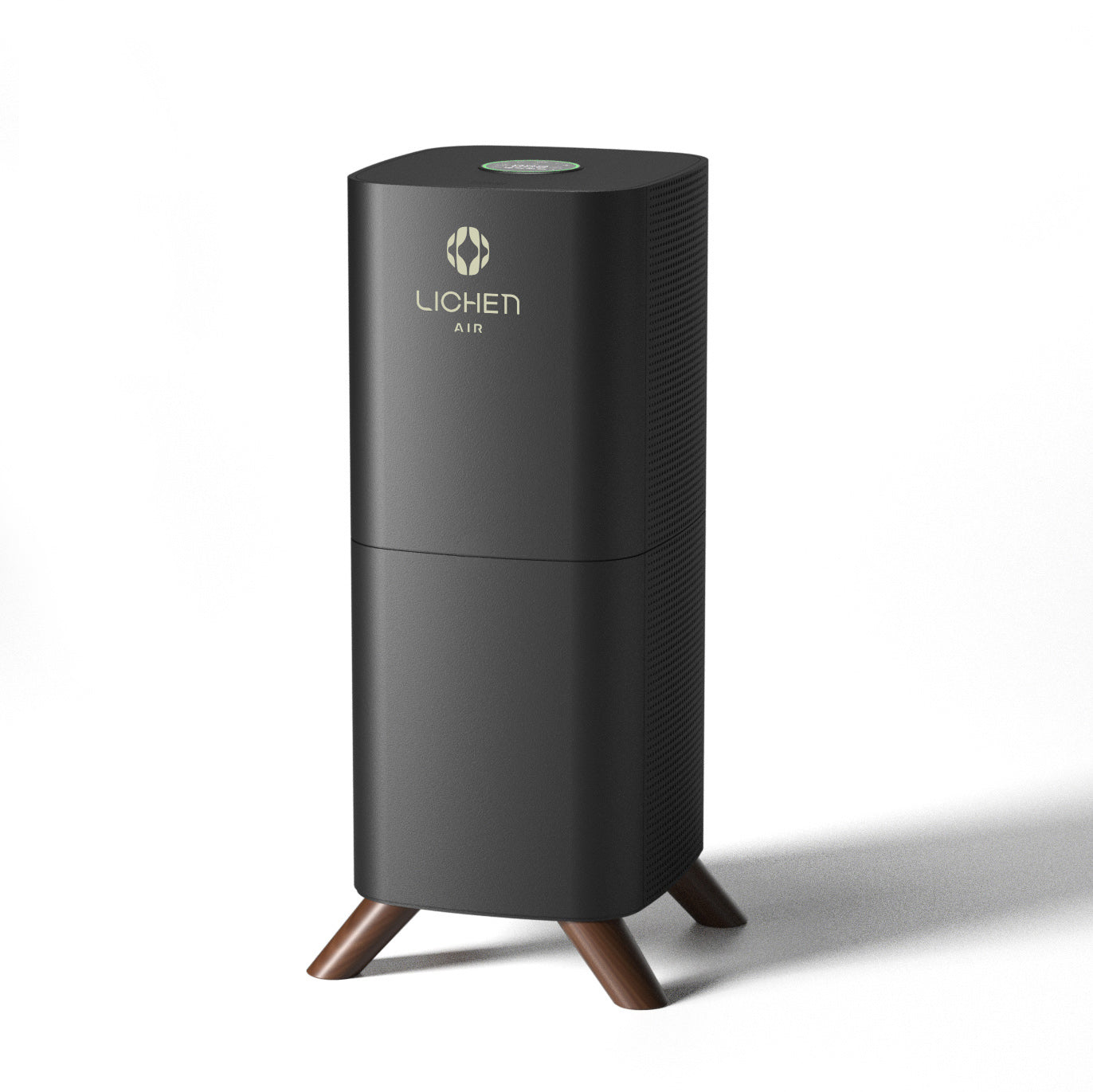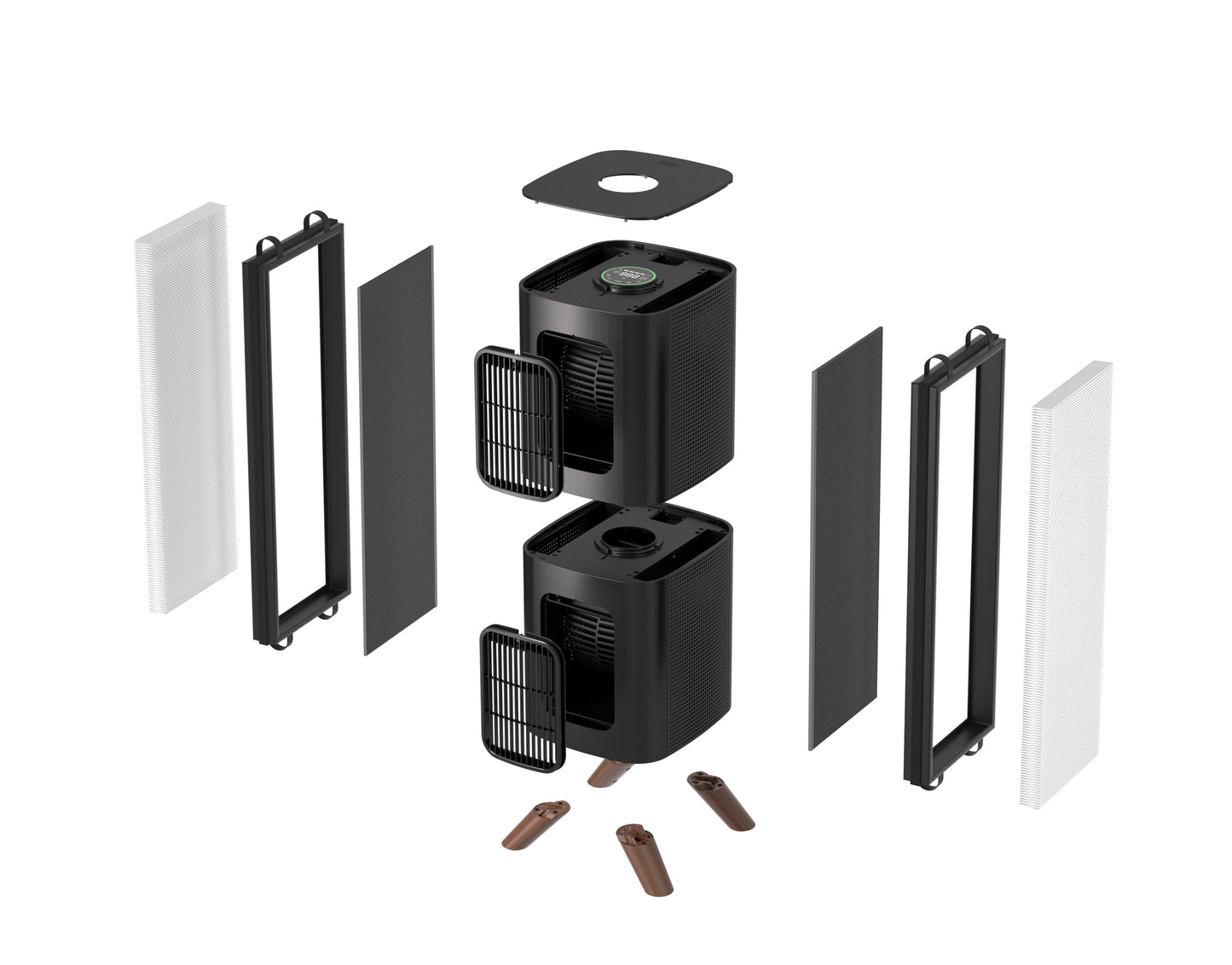
Traffic-Related Air Pollution (TRAP)- What You Need to Know
Share
How Traffic-Related Air Pollution Threatens Your Health—and What You Can Do About It
You may not see it, but if you live near a road with heavy traffic, you're likely inhaling something that could harm your lungs, heart, and even your brain: traffic-related air pollution, or TRAP.
TRAP is a complex mix of toxic pollutants emitted from vehicles, road dust, brake pads, and even the road surface itself. It’s especially rich in particulate matter (PM) and nitrogen dioxide (NO₂)—both well-established issues for health. These pollutants are created through combustion reactions in engines and get carried into the air we breathe, often lingering at high levels in areas closer to busy roads.
TRAP’s Impact on Health: From Birth to Brain
Decades of research have linked TRAP exposure to a wide array of health concerns:
- Respiratory illnesses
- Cardiovascular issues
- Metabolic conditions
- Decreased longevity
But beyond these well-known risks, newer research points to an alarming connection between TRAP and brain health. Studies have shown associations between high levels of air pollution and increased risk for depression, cognitive decline, and even dementia.
- A recent study published in Nature Communications highlighted that long-term exposure to traffic-related air pollution was linked to structural changes in the brain, particularly in regions involved in memory and emotional regulation
- Another paper in JAMA Psychiatry found that even small increases in fine particulate matter were associated with higher risk for depression.
- And in Environmental International, researchers reported that living closer to major roads increased the likelihood of neurological and cardiovascular disorders, with effects observed even in children
Living Near a Road? Here’s What You Can Do
The reality is that millions of people live near highways, bus routes, and other high-emission zones. While relocating may not be feasible, mitigation strategies can make a real difference. Here are several evidence-based actions you can take:
1. Seal Off the Outside
- Close windows and doors during rush hours or high-pollution alerts.
- Use weather stripping and caulking to seal air leaks around windows, doors, and ducts.
2. Cut Indoor Pollution
- Avoid burning candles, incense, and wood fires, especially during peak traffic times.
- Never smoke indoors—this adds a major pollutant load.
- Use unscented cleaning products and avoid aerosol air fresheners.
3. Cook Smart
- Always use a vented range hood when cooking, especially with gas stoves.
- Open windows or run exhaust fans to push out pollutants.
4. Filter Your Air
- Run your HVAC fan continuously, and replace filters regularly (make sure to use a higher MERV filter if your system will sustain it).
- Invest in HEPA-certified air purifiers, ensuring they're rated for the room size. HEPA (High-Efficiency Particulate Air) filters can trap tiny pollutants like PM2.5, one of the most dangerous components of TRAP.
5. Use Green Infrastructure
- Indoor houseplants are nice for décor, but their air-cleaning ability is limited.
- Instead, plant outdoor shrubs or a “green wall” between your home and a busy road. Research shows that dense greenery can help block and absorb pollutants before they reach your indoor space.
The Bottom Line
TRAP isn’t just an urban nuisance—it’s a health issue we need to take seriously. But with smart strategies—from sealing your home to upgrading your air filtration—you can significantly reduce your exposure.
References
- https://www.sciencedirect.com/science/article/pii/S016041202200188X
- https://www.nature.com/articles/s41467-021-27049-2
- https://jamanetwork.com/journals/jamapsychiatry/fullarticle/2801116
- https://pmc.ncbi.nlm.nih.gov/articles/PMC10266340/


